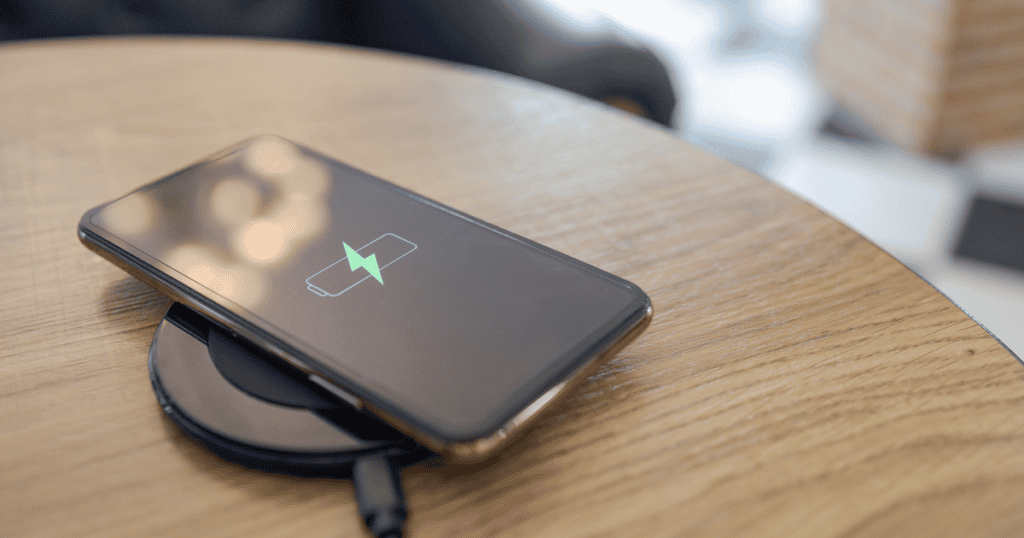In a surprising turn of events, Apple has decided to shelve its plans for a revolutionary iPhone hardware subscription service. This decision comes after extensive development and anticipation, following initial reports by Bloomberg’s Mark Gurman in 2022. The service, envisioned as a way for customers to access new iPhones through a monthly subscription rather than upfront purchases, was seen as a potential game-changer in how consumers engage with Apple’s flagship products.
The Genesis of the iPhone Subscription Service
Initial Concept and Development
The idea was simple yet ambitious: integrate the ease of a subscription model similar to those used in software services into the hardware sector. Apple aimed to simplify the ownership experience, making it feasible for more consumers to have the latest iPhones without the burden of significant upfront costs. This would extend beyond the existing iPhone Upgrade Program, which allows users to split the cost of a device over 12 or 24 months, by offering an ongoing subscription without a fixed end date.
Challenges Leading to the Project’s Cancellation
Regulatory Hurdles and Software Glitches
After two years of dedicated effort, the project faced insurmountable challenges that ultimately led to its cancellation. Key issues included:
- Regulatory Concerns: Navigating the complex web of financial regulations proved more daunting than anticipated. With increasing scrutiny on subscription services and financial products, Apple found the regulatory environment challenging.
- Software Development Issues: The service’s development was plagued by persistent software bugs that hindered user experience and functionality. These technical setbacks delayed the project significantly, disrupting Apple’s timeline for a seamless rollout.
The Disbandment of the Subscription Service Team
In recent months, the decision was made to disband the team working on the iPhone hardware subscription service. Members were reassigned to other areas within the company, signaling a strategic pivot away from the subscription model for hardware. This move reflects a broader reassessment of priorities within Apple, as it adapts to the evolving tech landscape and consumer expectations.
Streamlining Payment Options
Rationalizing Apple’s Financial Services
Concurrent with the cancellation of the hardware subscription project, Apple has also streamlined its payment offerings. This includes the discontinuation of the Apple Pay Later service, which offered pay-in-installments options. By consolidating its financial services, Apple aims to simplify its offerings and focus on more sustainable and regulatory compliant solutions.
Implications for Apple and Its Customers
Strategic Shifts and Consumer Impact
Apple’s decision to move away from the hardware subscription model represents a significant shift in strategy. While this may disappoint some customers looking forward to a more accessible way to keep up with iPhone upgrades, it also underscores Apple’s commitment to ensuring compliance and a high-quality user experience.
Looking Ahead
Apple’s pivot away from the iPhone hardware subscription service highlights the complexities of merging subscription models with physical products. While the idea held promise, the practical challenges proved too significant at this stage. As Apple continues to innovate, it remains to be seen how it will navigate future opportunities to make its products more accessible while maintaining its high standards for compliance and functionality.




